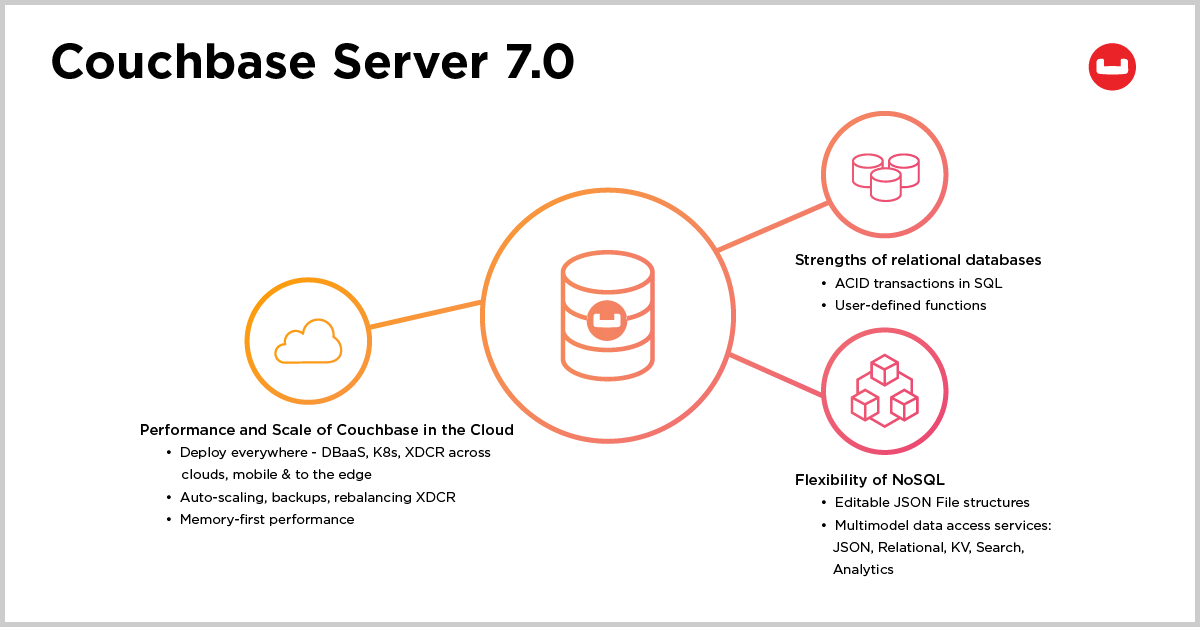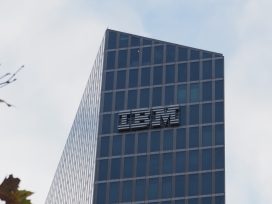Couchbase's Big Month: IPO and New Database Release

Cloud-native database vendor Couchbase (Nasdaq: BASE) has had an eventful month. First, it went public on July 22 on a valuation of roughly $1.2 billion. Then it grossed $230 million at the close of its long-anticipated IPO on July 26. After that, the company issued release 7.0 of its eponymous database, highlighting the technology innovations that made its public debut possible.
Couchbase, recall, made its mark by providing a distributed cloud database that lets enterprises replace their legacy relational database management systems (RDBMSs) with a Kubernetes-based NoSQL database that runs in hybrid and multi-cloud environments. Couchbase claims its database, which is offered as software or as a service, supports tens of millions of operations per second with millisecond response times – exceeding the performance of legacy RDBMSs. “We are blending durability with granularity and performance,” said Tim Rottach, director of product line marketing, in an interview with Futuriom.
What's New in Cloudbase 7.0
Couchbase 7.0 adds functionality that supports the transactional features that have long kept enterprises hooked to their legacy SQL databases. The vendor does this via its own SQL-like query language, N1QL (pronounced “nickel”), which works within a newly designed database structure the vendor calls “Scopes and Collections” that corresponds to the schema and table models of an RDBMS. The result is the ability to support standard RDBMS principles called ACID (atomicity, consistency, isolation, and durability) in a database that functions in a distributed, microservices-based cloud environment that supports public and private cloud constructs, as illustrated in the diagram below:

Source: Couchbase
“We fuse relational and NoSQL,” said Tim Rottach. “We are now as dependable as an RDBMS.”
How Couchbase 7.0 Supports IPO
Couchbase, which is featured in the Futuriom 40 report, had been trialing Couchbase 7.0 since last year. But the official release of its newly transactional release was apt. Relational databases are a challenge when porting resources to mobile, edge, and Internet of Things (IoT) environments, all of which are coming to the fore with the spread of 5G. By focusing on ways to ease the transition, Couchbase is addressing a key pain point faced by many enterprises.
In a survey of 450 IT professionals released earlier this year, Couchbase noted that nearly half (49%) believe their organization's developers are being asked to do too much in too little time in the move to digital transformation. Couchbase is clearly hitting pent-up demand in creating a database that spans the need for cloud performance with the need for RDBMS reliability. That's why its IPO was successful.
More Challenges for Couchbase
Business for Couchbase has been good. The company has surpassed $100 million in committed annual recurring revenue. Couchbase boasts 549 customers in over 50 countries, many of which are highly visible. One Couchbase customer, LinkedIn, for example, reportedly moved to Couchbase from Oracle; another, Staples, moved from Mongo and DB2.
These are significant votes of confidence because Couchbase has formidable rivals in the market, including not only MongoDB Inc., IBM (NYSE: IBM), and Oracle (NYSE: ORCL), but AWS, Microsoft (Nasdaq: MSFT), and VMware (NYSE: VMW). Startups with similar functionality also abound, including Macrometa, Yugabyte, and Cockroach Labs, which is said to be considering its own IPO.
To stay competitive, Couchbase must continue to innovate in a field that’s growing more competitive by the month, as companies move ever-larger and more critical infrastructure applications to the cloud. And it still reportedly has some hurdles yet to breach, including the difficulties of porting data from one database system to another. Still, with a successful IPO and major new release under its belt, Couchbase looks like a company that’s so far been up to the challenges of a hot market.






















